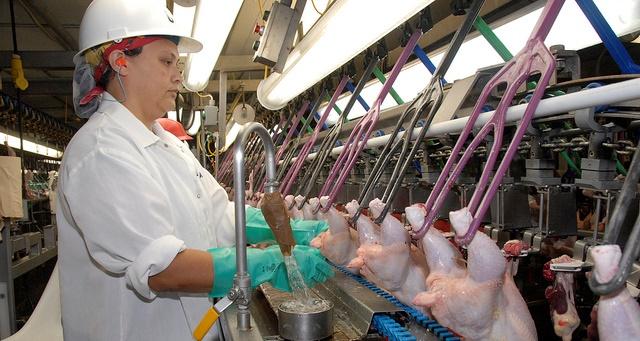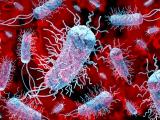An annual report on US foodborne illness patterns from the US Centers for Disease Control and Prevention (CDC) today showed a mixed picture for 2014, with further declines in infections linked to Shiga toxin–producing Escherichia coli (STEC) O157 and one of the most common Salmonella subtypes, but rises in Campylobacter and Vibrio.
The data in the report come from the CDC's FoodNet foodborne disease surveillance system, which tracks culture-confirmed cases of nine of the major foodborne diseases in 10 states, covering about 48 million Americans, or 15% of the population.
Researchers compared current trends to a 2006-2008 baseline, as well as to an average for the 3 most recent years. CDC researchers published their findings in the latest issue of Morbidity and Mortality Weekly Report (MMWR).
Overall illness profile
E coli O157 infections—typically linked to undercooked ground beef or raw leafy produce—have dropped 32% compared with baseline and have declined 19% over the past 3 years. The analysis found that infections from Salmonella Typhimurium, the second most common subtype linked to foodborne illness, were 27% lower than baseline, continuing a trend seen since the mid 1980s.
That progress, however, masked increases in two other Salmonella strains, Javiana and Infantis, which more than doubled. The CDC said the reasons for the rise are unclear, with Javiana illnesses concentrated in Southeast, spreading within the region and to other parts of the country.
When averaged together, the CDC saw no change in 2014 for infections caused by the Salmonella serotypes.
The incidence of non-O157 STEC was higher in 2014 than in previous years, but federal health officials said the rise was probably related to increased lab testing and recognition of infections.
Campylobacter infections grew by 13% and Vibrio illnesses have climbed by 52% compared with baseline, both continuations in patterns picked up by last year's FoodNet analysis. Though Vibrio infections are uncommon, authors of the MMWR report said more information is needed to understand what's behind the rise in that and Campylobacter illnesses.
Illness number details
The number and incidence per 100,000 population were:
- Salmonella,15.45
- Campylobacter,13.45
- Shigella, 5.81
- Cryptosporidium, 2.44
- Non-O157 STEC, 1.43
- O157 STEC, 0.92
- Vibrio, 0.45
- Yersinia, 0.28
- Listeria, 0.24
- Cyclospora, 0.05
The report also provides a snapshot of the overall foodborne illness numbers. Researchers said the system picked up 19,542 infections, which resulted in 4,445 hospitalizations and 71 deaths.
Health officials weigh in on findings
At a media telebriefing today, Patricia Griffin, MD, MPH, chief of enteric diseases with the CDC's division of foodborne, waterborne, and environmental diseases and co-author of the report, said the findings reflect mixed news and major challenges, but show that success against foodborne illness is possible.
She said the reasons for the drop in Salmonella Typhimurium infections aren't clear, but one contributing factor may be reduced contamination in whole chickens.
Health officials aren't sure why Campylobacter illnesses are rising; the illnesses often occur sporadically rather than as part of an identified outbreak.
David Goldman, MD, MPH, assistant administrator of the Office of Public Health Science in the US Department of Agriculture's Food Safety and Inspection Service, told reporters that the drop in E coli O157 infections is the result of science-based approaches and oversight.
He added that the recent final rule on labeling mechanically tenderized beef could drive further reductions.
Kathleen Gensheimer, MD, MPH, director and medical officer for the Food and Drug Administration's Coordinated Outbreak Response Evaluation team, told reporters that the report has both promising and concerning indications. "The data remind us that the job is not done."
She said federal officials are on track for finalizing Food Safety Modernization Act rules by this fall.
See also:
May 15 MMWR report
May 14 CDC press release
Apr 18, 2014, CIDRAP News story on last year's FoodNet report
May 13 CIDRAP News item on mechanically tenderized beef



















